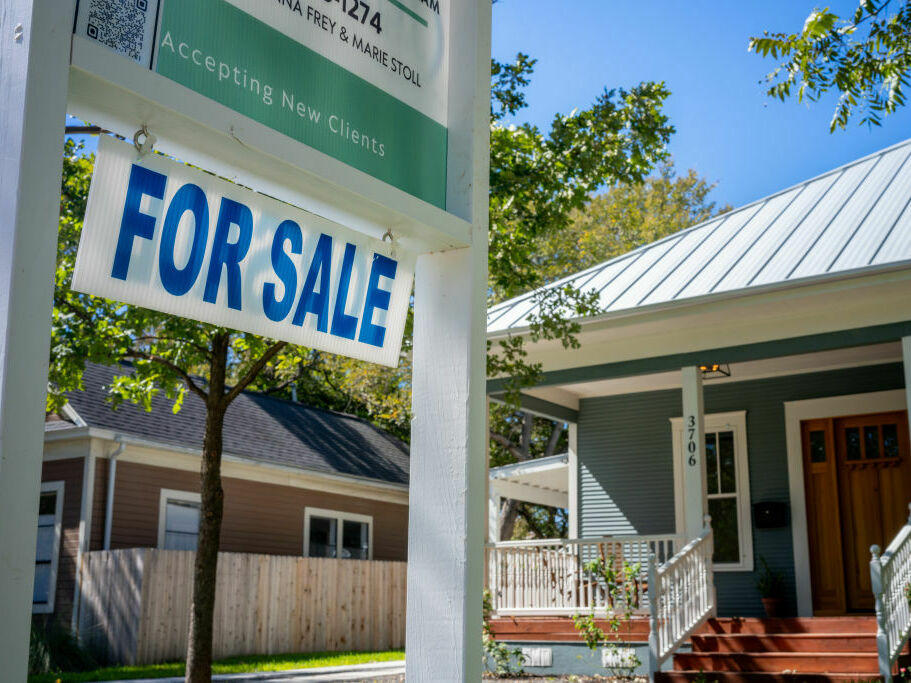Section Branding
Header Content
Here's a big reason why people may be gloomy about the economy: the cost of money
Primary Content
The government's best-known measure for the cost of living tracks the price of hundreds of goods and services every month, but one important expense is not included in the consumer price index: the cost of money itself.
As a result, the inflation measure may understate the pain that many Americans feel when rising interest rates make it more expensive to buy a house, get a car loan or carry a balance on their credit card.
That's the argument former Treasury Secretary Larry Summers makes in a new working paper titled, The Cost of Money is Part of the Cost of Living.
It may also help to explain why many people remain unhappy even though the economy has performed better than many forecasters expected. Take for example the so-called "misery index," which combines unemployment and inflation: It has dropped to its lowest level since the 1980s.
"The misery index," Summers and his co-authors write, "is not capturing consumers' misery."
While attitudes about the economy have improved somewhat in recent months, the sour mood persists. A Gallup poll in January found 45% of Americans rate the economy as "poor" and 63% say it's getting worse.
That's in spite of strong economic growth, robust job gains and wages that have risen faster than prices for the better part of a year.
"The economy is booming and everyone knows it — except for the American people," Summers and his colleagues write, somewhat tongue in cheek.
The apparent disconnect between voters' negative feelings about the economy and encouraging government statistics are likely to be in the spotlight in the months leading up to the November election.
"For anyone concerned with political economy, it's a kind of central puzzle of our moment," Summers told NPR in an interview.
The cost of money
Summers suggests gloomy public perceptions of the economy may be explained in part by the cost of credit — which has risen sharply as the Federal Reserve pushed interest rates to their highest level in two decades.
"The simple idea is part of the cost of living is the cost of money," Summers said. "And the cost of money is still way elevated from where it was."
The government's cost-of-living yardstick used to account for those financing expenses. Until 1983, for example, the consumer price index measured housing prices by tracking monthly mortgage payments.
"So when mortgage rates went up, the CPI went up," Summers said.
Today's CPI measures housing costs differently, by looking at rental prices. Summers said while there are sound reasons for the change, it does miss some of the hit to people's pocketbooks.
"If you want to understand people's subjective well-being," Summers argues, "you have to bring interest rates into the calculation."
If the pre-1983 formula were still in use today, the CPI would have shown inflation climbing even higher in 2022 — to around 15% rather than 9.1% — and inflation would not have fallen as fast in 2023.
Lower borrowing costs could help lift sentiment
Summers, who served in both the Clinton and Obama administrations, often draws attention for his outspoken views on the economy. He was an early voice warning about the potential for runaway inflation in 2021. The following year, he projected that it would take a sustained period of high unemployment to bring prices under control.
The Federal Reserve has signaled that it's likely to start cutting interest rates later this year. While the timing remains uncertain, Summers said any reduction in borrowing costs is likely to make people feel better about the economy.
Summers saw a hint of that in December and January, when mortgage rates dipped and economic sentiment jumped sharply.
"Insofar as interest rates come down, that's likely to contribute to improved sentiment," Summers said.


